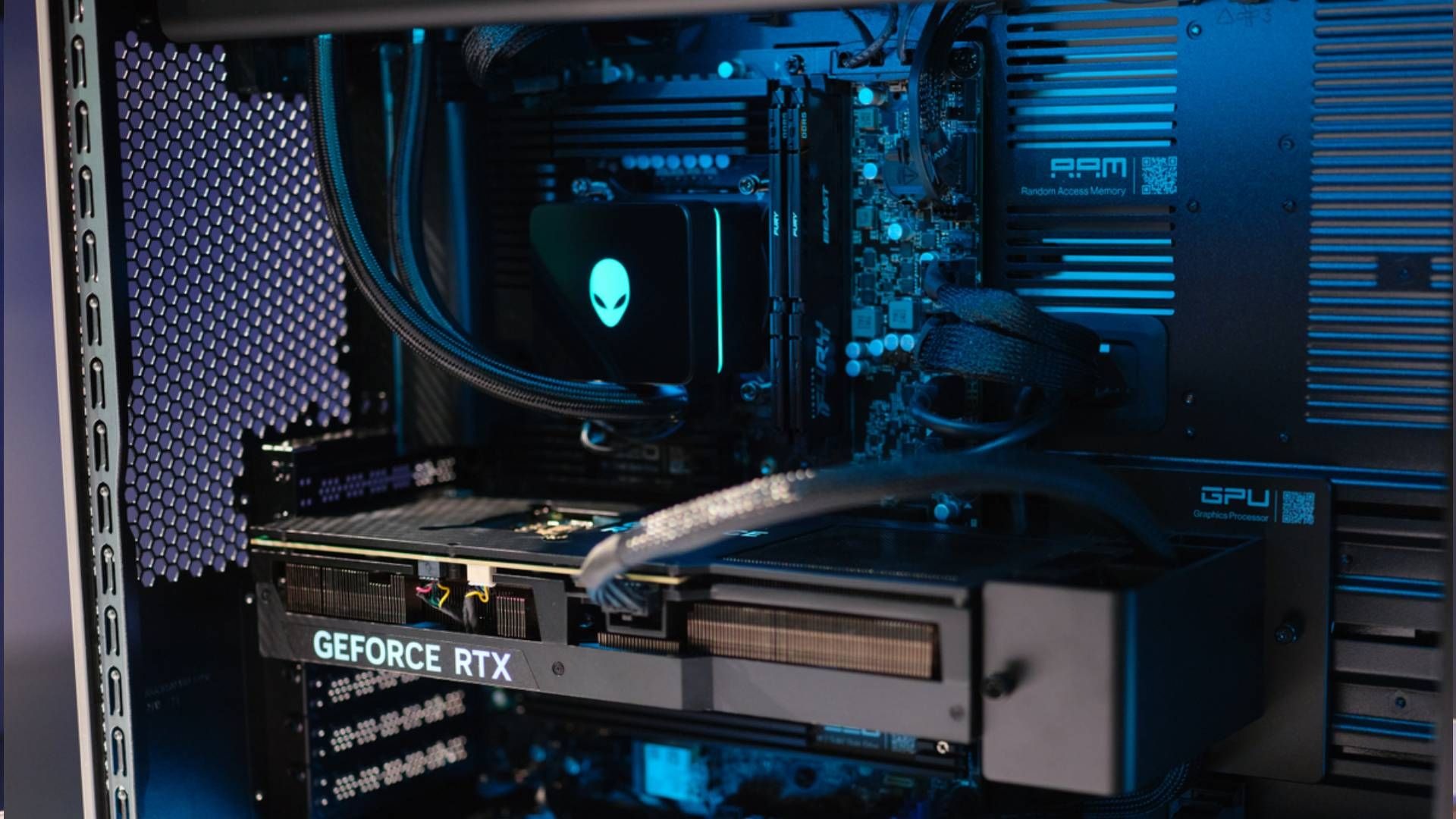New Always Connected PCs are expensive, but here's why it won't matter
Are those new Always Connected PCs from ASUS and HP too expensive? I'll explain why they cost so much and why it may not matter in the long term.

Earlier this week Microsoft and Qualcomm unveiled the first Always Connected PCs running Windows 10 on ARM via the Snapdragon 835 chipset. The move is a massive shift towards an all mobile future where modern computing is heading. It is also just the beginning as we expect Lenovo and other manufacturers to jump on board in 2018 – maybe even Microsoft too with its Surface line.
One complaint I heard right away was the $599 starting price for the ASUS NovaGo as being too high. That device features a 13.3-inch Full HD (1920 x 1080) LCD panel with 100 percent sRGB, 64GB of storage, support for Windows Ink, a fingerprint scanner, a Precision touchpad and more. The price jumps to $799 for 256GB of storage and 8GB of RAM.
Microsoft reveals 'Always Connected PCs' from HP and ASUS with Windows 10 on ARM
HP also announced the Envy x2 but did not disclose its planned price for its release early next year. Because of the premium materials used, thin design, and HP's tendency to use quality parts it is very likely to come in higher than $799 – though it will likely include the keyboard and smartpen.
Are they too much? I say no, but it is almost beside the point. We're only at the beginning of the Always-Connected PC wave, and there will be many more choices in the future.
For $599, hard to compare
While $599 to $799 is not cheap, or rather the cheapest PCs, I don't find the price extraordinary either.
The iPad Pro at 13-inches starts at $799 for 64GB but goes to $929 when you add in LTE. To be fair, the iPad Pro is in a different league for quality compared to the ASUS NovaGo, so I don't want to draw too many parallels.
Get the Windows Central Newsletter
All the latest news, reviews, and guides for Windows and Xbox diehards.
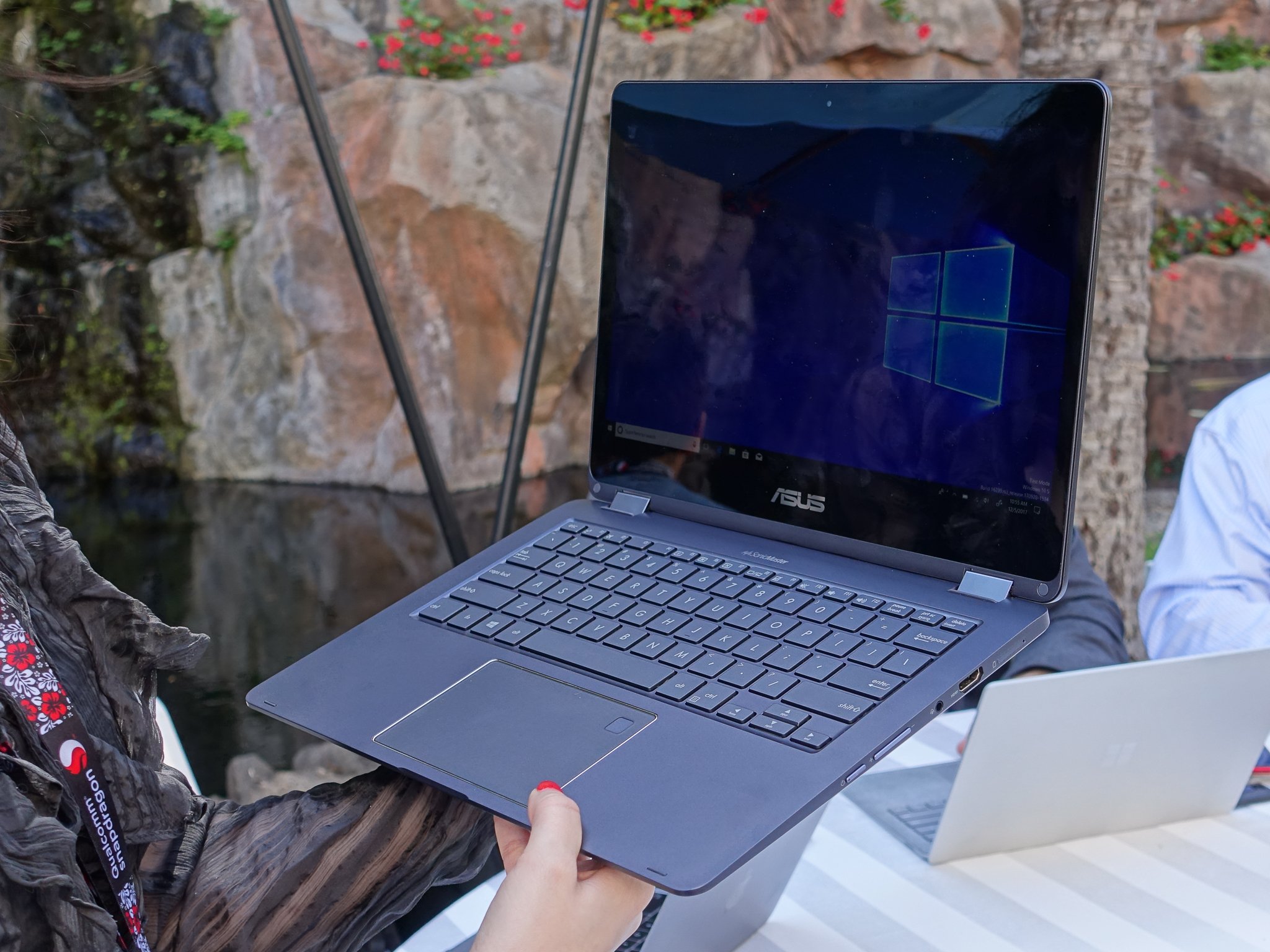
Something like the ASUS NovaGo does a few things that no other device at that price range achieves. For example:
- Support for Windows Ink
- Week-long battery life
- 4G LTE and Wi-Fi
- Precision touchpad
- Color accurate display
Windows Ink support is a big deal. While a touchscreen is one thing that does not mean N-trig pen abilities are present. The Dell XPS 13 is a perfect example. It has a touchscreen but does support smartpens because that is an extra display component, which also adds to the overall cost of the device.
There are no Chromebooks that also support inking at that price range, nor do many support biometric authentication. A 100 percent sRGB display is very hard to achieve and only found in high-end laptops right now.
In other words, for $599 the ASUS NovaGo brings some unique features and quality to the lower-end for the first time. It's difficult to make any direct comparisons because there are very few – if any – devices that share these abilities at this price range.
Nothing precludes going lower
The exciting thing about the NovaGo and HP Envy x2 is that both these PCs do all that Windows 10 can do that is considered special, like having a touch screen, inking, LTE, Precision touchpad, act as a two-in-one computer, etc.
ASUS and HP could have gimped either PC by omitting a digitizer – so no digital inking – made a regular clamshell laptop, or even using just lower quality components like a non-color accurate display. Instead, both companies did what Microsoft prefers and give users the full range of Windows 10 capabilities.
That comes at a price, however, in the literal sense: someone needs to pay for those features.
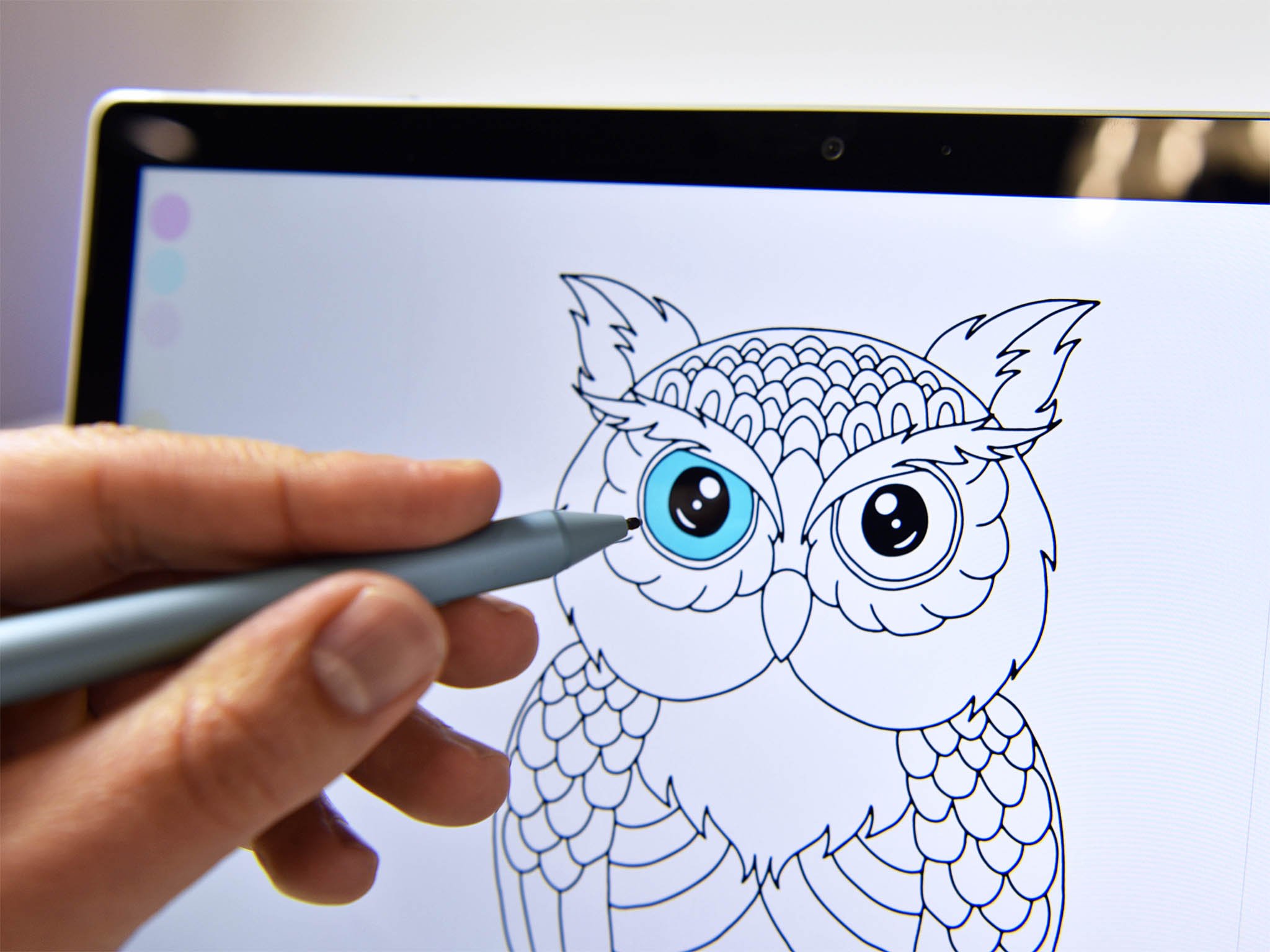
Regardless, there is no reason why a PC manufacturer can't take out things like inking, a touchscreen, or use a spinning hard-disk drive instead of a pricey solid-state (SSD) one. The result would easily shave off a few hundred dollars from the retail price.
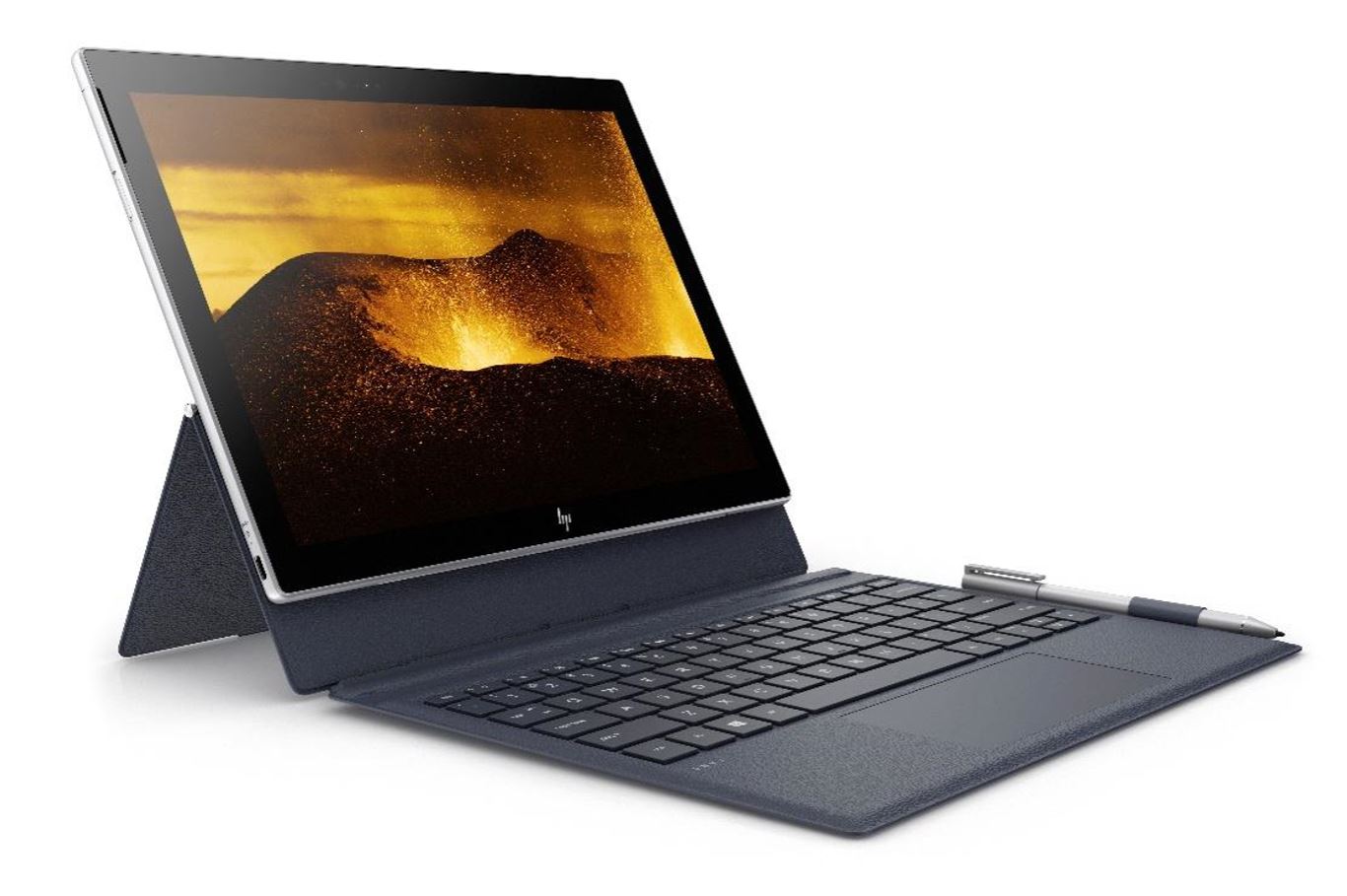
The whole paradigm of the PC is about letting manufacturers target price points and then create devices to meet those choices. That rationale applies to Always Connected PCs too, and I fully expect to see these devices hitting $299 (or even lower) and much higher also. There's no reason why Dell or HP can't make a "high-end" XPS or Spectre with a Qualcomm processor running well past $1,000 if they use quality components and offer value for the performance.
Had ASUS or HP released these devices without significant features of Windows 10 like inking it may have sent the wrong message. Instead, it should be clear now that these are full-fledged PCs and not Netbooks 2.0 with missing features.
The more important point is the NovaGo and Envy x2 are just two of what will be many Always Connected PCs over the next few years. These first PCs don't represent the full range and price points of what this category can achieve. And there is every reason to believe we'll see many hitting lower price points in 2018, which means getting worked up in a tizzy about the prices is likely very premature.
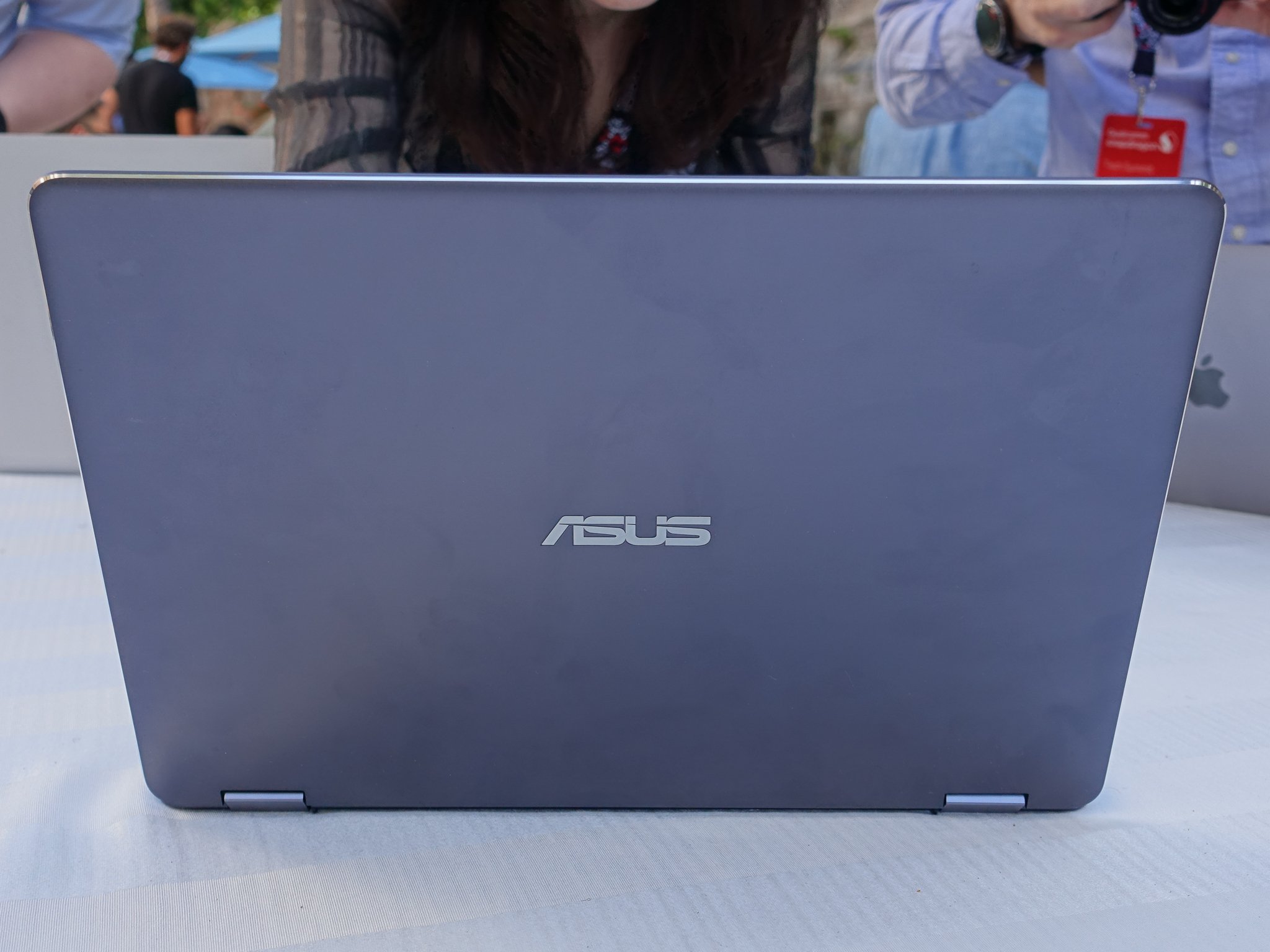
Make no mistake that the Always-Connected PC category shift is a big one for the industry. But this is just the tip of the iceberg, and we need time to give consumers, the market, and manufacturers time to adjust and respond. Flashback to the post-Windows 8 two-in-one PCs to where we are now, and it is night and day. That process took a few years, but now convertible PCs are here. It's time to give Always Connected PCs time to breathe and mature too.
Further reading
- ASUS NovaGo hands-on: Your laptop is now a smartphone
- Hands-on with the HP Envy x2 always connected PC
- The 'cellular PC' revolution begins: Full Windows 10 and desktop apps are coming to mobile ARM chips
- Windows 10 on ARM: Microsoft's key to the Chromebook market
- Microsoft shows off Windows 10 on ARM in action
- Windows 10 on ARM is NOT Windows RT all over again

Daniel Rubino is the Editor-in-chief of Windows Central. He is also the head reviewer, podcast co-host, and analyst. He has been covering Microsoft since 2007 when this site was called WMExperts (and later Windows Phone Central). His interests include Windows, laptops, next-gen computing, and wearable tech. He has reviewed laptops for over 10 years and is particularly fond of 2-in-1 convertibles, Arm64 processors, new form factors, and thin-and-light PCs. Before all this tech stuff, he worked on a Ph.D. in linguistics, performed polysomnographs in NYC, and was a motion-picture operator for 17 years.
